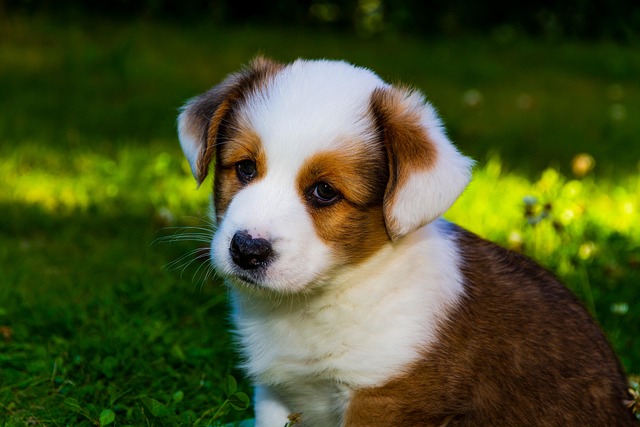
When will Samoyed have his teeth changed
When you look down at the Samoyed by your feet, it rubs your palm with its wet nose, revealing pink gums and tiny teeth.
When a furry puppy wags its tail and curiously approaches a curled-up cat, it gets a sharp hiss and then a "melee" of chasing each other begins. This scene is a headache for many owners who keep both cats and dogs. In a family full of love and warmth, who doesn't want to see dogs and cats snuggling together like close friends and sharing the afternoon sun? In fact, although dogs and cats have completely different habits and ways of communicating, through scientific training and patient guidance, they can completely put aside the "barrier" and live in harmony. Understanding the principles and training methods behind it is not only the key to resolving pet conflicts, but also the starting point for creating a happy life for them.
The conflict between cats and dogs is largely due to the difference in the way species communicate. Dogs usually wag their tails to express friendliness and excitement, but in the eyes of cats, this may be a signal of provocation; cats purr to express comfort, but dogs may misunderstand it as a warning before attacking. This kind of communication "misalignment" is like two people speaking different languages forcing a conversation, which is bound to cause misunderstandings. In addition, the dog's natural chasing instinct can easily cause problems. The fast-moving figure of a cat is like prey in the eyes of a dog, which stimulates their hunting nature. This is also an important reason why cats and dogs are prone to tension when they meet for the first time. From a biological point of view, dogs are social animals with a certain sense of territory and hierarchy, while cats are relatively independent and pay more attention to personal space. These differences in nature make their way together full of challenges.
However, challenges do not mean they cannot be overcome. The key to training dogs and cats to live in harmony is to guide and reinforce them step by step. First of all, before the first meeting, let the dog and cat get familiar with each other through smell. Place items with the smell of each other, such as blankets, toys, etc., in the activity area of the other party, just like delivering friendly "letters", so that they can have a psychological adaptation process. This stage may take several days or even weeks, and requires great patience from the owner, just like waiting for seeds to slowly germinate, and must not be rushed.
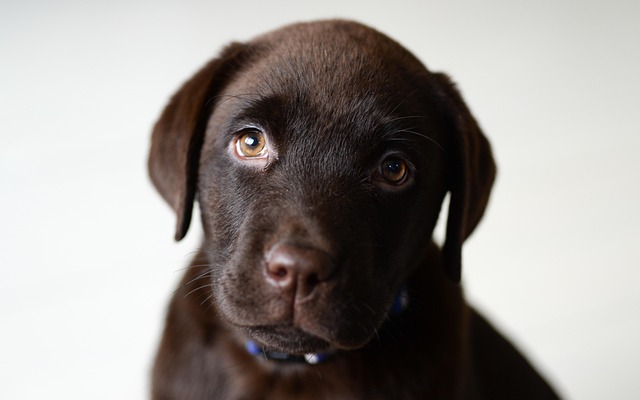 When they are no longer unfamiliar with each other's smell, they can move on to the next step - meeting behind a barrier. Use a sturdy fence or glass door to separate the dog and cat so that they can see each other but cannot directly touch each other. Observe their reactions. If the dog is too excited or aggressive, the owner should stop it in a gentle but firm tone and divert its attention with toys or snacks; if the cat is afraid, the owner needs to give it enough sense of security, such as placing a small nest to hide. In this process, whenever the dog and cat show a calm and friendly state, the owner should give them rewards in time, so that they can gradually establish positive associations and understand that getting along with each other can bring a pleasant experience.
When they are no longer unfamiliar with each other's smell, they can move on to the next step - meeting behind a barrier. Use a sturdy fence or glass door to separate the dog and cat so that they can see each other but cannot directly touch each other. Observe their reactions. If the dog is too excited or aggressive, the owner should stop it in a gentle but firm tone and divert its attention with toys or snacks; if the cat is afraid, the owner needs to give it enough sense of security, such as placing a small nest to hide. In this process, whenever the dog and cat show a calm and friendly state, the owner should give them rewards in time, so that they can gradually establish positive associations and understand that getting along with each other can bring a pleasant experience.
Over time, when the dog and cat can remain calm when getting along behind a barrier, you can try to let them get close in a controlled environment. When you meet for the first time, be sure to put a leash on the dog, and the owner should hold it tightly and be ready to control the situation at any time. Let them approach slowly and observe each other's reactions. If the dog wants to chase the cat, the owner should immediately tighten the leash and issue a clear stop command; if the cat takes the initiative to approach the dog, the owner can give appropriate encouragement. At this stage, every successful friendly contact is an important step in the improvement of their relationship. The owner should give praise and rewards in time to make them feel that this mode of getting along is recognized.
During the training process, each pet has its own personality and rhythm, just like different flowers have different flowering periods. Some dogs may adapt to the presence of cats quickly, while others need longer. The owner must be patient and tolerant enough to respect their differences. At the same time, provide cats with enough high space, such as cat climbing frames, so that cats have a place to hide when they feel uneasy; prepare enough toys for dogs to consume their excess energy and reduce the possibility of conflicts caused by boredom.
After successfully getting dogs and cats to live in harmony, the warm picture will make all the efforts worthwhile. Watching them nap together on the sofa, combing each other's hair, or chasing a small toy together, the owner's heart will be full of touch and happiness. This not only means less conflict and quarrels at home, but also symbolizes the friendship between different species that transcends natural differences. It is a beautiful miracle created by love and patience.
Training dogs and cats to live in harmony is a journey full of love and wisdom. As long as the owner masters scientific methods and pays enough patience and care, the "barrier" between species can be broken, so that the dogs and cats at home can become each other's warm companions in life. When we witness them from strangers to familiarity, from opposition to intimacy, we will deeply feel that nothing is impossible in the face of love and understanding, and this precious pet friendship will also add endless joy and warmth to our lives.

When you look down at the Samoyed by your feet, it rubs your palm with its wet nose, revealing pink gums and tiny teeth.
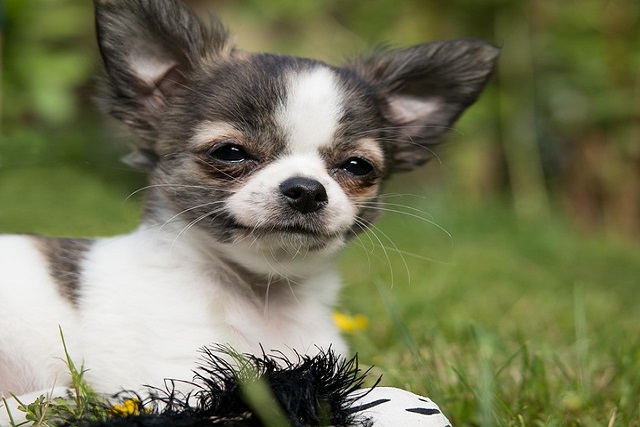
When you gently stroke the fluffy, soft white fur of a Samoyed and feel the smoothness under your fingertips, it's like touching a warm cloud
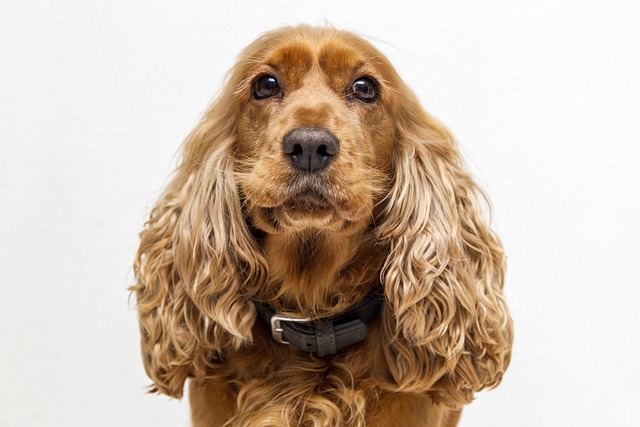
The clear and bright eyes of dogs are an important window for establishing emotional connections with us. When this window is covered with haze, the owner is often distressed and anxious.
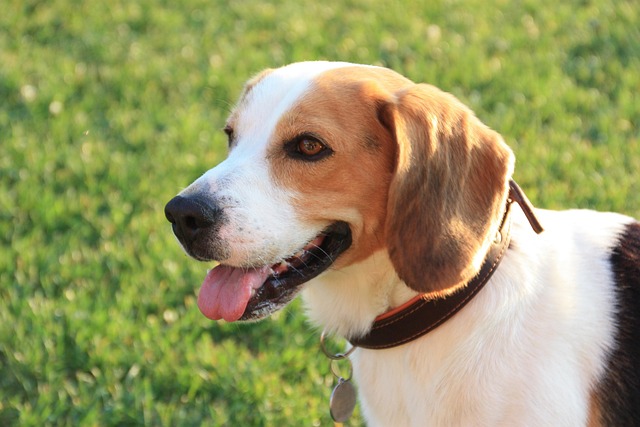
When the dog that used to be gentle and cute, wagging its tail to greet you, suddenly bares sharp teeth, emits low growls, or even makes lunging bites,
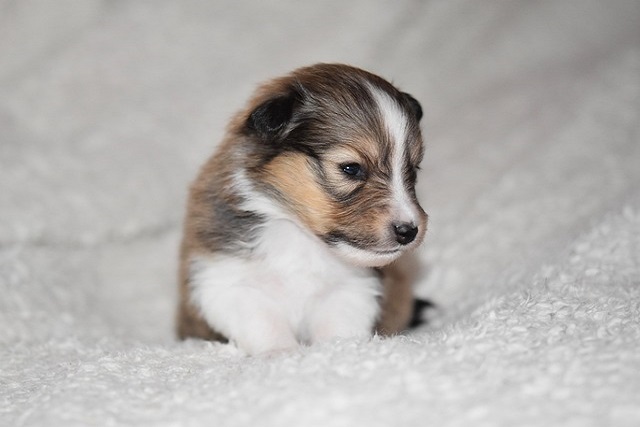
When you gently stroke a Schnauzer's fluffy head, its ears—like fairy wings—flick softly, as if whispering boundless joy. However,

As pet owners,we always want to give our dogs the best care,and deworming is an important part of daily care.The question of"whether to feed deworming medicine to dogs without parasites"involves health considerations and emotional care.